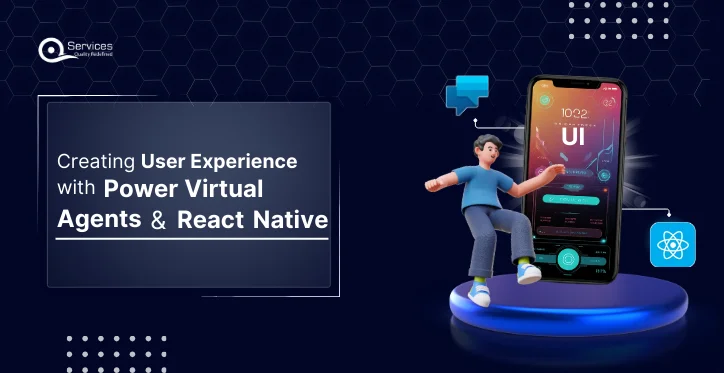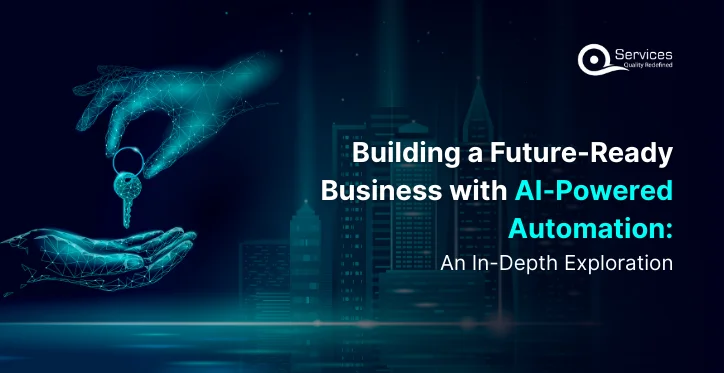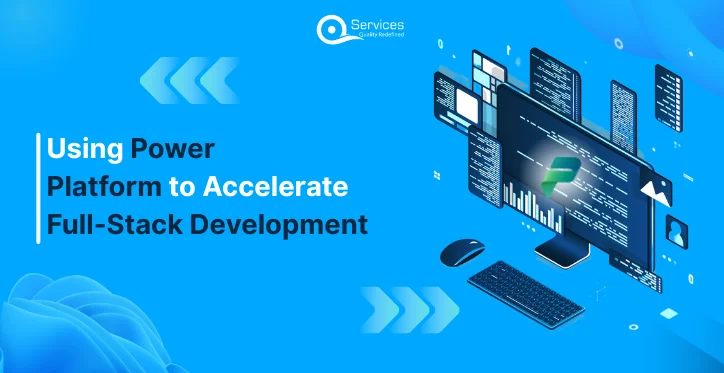
Rewards
.





CANADA
55 Village Center Place, Suite 307 Bldg 4287,
Mississauga ON L4Z 1V9, Canada
Certified Members:
.



Home » Creating User Experience with Power Virtual Agents and React Native

Almost every application must now be designed with user experience (UX) in mind, especially mobile apps that are designed to enhance customer engagement, or provide support or e-commerce. Incorporating fast and easy to use features such as chatbots can improve automated interaction with users significantly. Combined with React Native, Microsoft’s Power Virtual Agents (PVA) is an excellent solution for building AI-powered chatbots that can work in any mobile applications. This blog will discuss ways in which you can improve UX with Power Virtual Agents and React Native, looking at strategies, integration methods, and case studies.
Power Partners are automated services developed as part of the Microsoft Power Platform. They allow companies to develop intelligent bots that can comprehend and deal with users’ questions with little coding experience required. These virtual agents are meant to work across different channels so that they can be used on the web as well as mobile apps.
Development with no code/ little code: Create and configure bots while having little technical knowledge.
Conversation powered by an AI: Interactions that are tailored and made smarter.
API ready: Integrate within broader Microsoft’s environment and Dynamics 365, Teams and other APIs.
Given the increasing use of chatbots in mobile apps, use of conversational interfaces is rapidly growing thus, frameworks such as React Native which allow individuals to build mobile applications for iOS and Android devices are useful when using Power Virtual Agents as chatbots can be reliably integrated into mobile applications. The architecture is simple to embed due to its component-based design while the performance ensures it works well whether on iOS or Android.
Understand User Needs
They use natural language processing (NLP) to identify what the user is looking for and then return an appropriate response.
Frequent Data Update: Train the chatbot with diverse datasets to handle varied user queries effectively.
Step 2: Publish the Bot
Step 3: Integrate the Bot in React Native
Step 4: Shape the Personality of Your Chatbot
Step 5: Test and Optimize
Rich Media Integration:
Power Virtual Agents supports embedding multimedia like videos and images, enabling richer interactions.
Use AI models to detect user sentiment and adjust responses accordingly, enhancing user satisfaction.
Proactive Notifications:
Set up triggers to notify users about updates, reminders, or promotions.
Incorporate voice interaction to make your chatbot more accessible and user-friendly.
Scaling Power Virtual Agents becomes increasingly vital as the volume of user demand increases.
Optimize the workflows for smooth, efficient chats in case huge volumes of interaction occur.
Cloud Services: To scale the available resources dynamically in Microsoft Azure.
Monitor performance metrics such as time to respond or error rate against the number of interactions.
Get free Consultation and let us know your project idea to turn into an amazing digital product.
Evolving mobile app integration of AI chatbots, like Power Virtual Agents, is toward the following trends:
More sophisticated AI will deliver even more micro-personalized experience to fulfill the needs of each user.
Enable conversation transitions across devices and platforms.
Extract insights from chatbot interactions and influence business decisions.
Integrate AR with chatbots to deliver new, immersive experiences in retail, gaming, and other industries.
Regular updates of the capabilities of the chatbot, which should be done in line with user feedback.
User training through tutorials or tips to enhance user interactions with the chatbot.
Compliance with data protection regulations, such as GDPR.
User engagement, retention rates, and chatbot efficiency are a few of the metrics used for evaluating success.
These practices help businesses keep their chatbots relevant and effective for enhancing user experiences.
Retail Sector: A clothing company implemented Power Virtual Agents to manage order tracking, product-related queries, and return requests, which reduced customer support tickets by 30%.
Healthcare Apps: Medical apps use these chatbots for appointment booking, medication reminders, and preliminary symptom checks.
Travel Sector: Airlines use chatbots for booking management, travel updates, and frequent flyer queries, which has improved user satisfaction by a great margin.

Integrating Power Virtual Agents with React Native will be a significant game-changer for businesses targeting user experience. These chatbots simplify conversations, provide instantaneous support, and personalize user journeys, which creates engagement and satisfaction for users. By staying ahead through innovations like AI-driven chatbots as technology evolves, your app stands a better chance of staying up to date within the ever-changing digital landscape.
Power Virtual Agents is a Microsoft tool that allows users to create intelligent chatbots without needing extensive coding knowledge. It integrates with other Microsoft services to enhance customer and employee interactions.
Yes, Power Virtual Agents can be integrated into React Native apps to provide chatbot functionalities within the mobile application.
Benefits include improved customer service, 24/7 availability, automated responses to common queries, and enhanced user engagement.
You can create a chatbot by accessing the Power Virtual Agents portal, defining topics, creating dialogues, and integrating it with other services like Microsoft Teams or websites.
Key features include natural language understanding, integration with Microsoft Power Platform, analytics, and the ability to handle complex conversations.
React Native allows for faster development cycles, code reuse across platforms, and a rich ecosystem of libraries and tools
Steps include creating the chatbot in Power Virtual Agents, generating the embedded code, and integrating it into the React Native app using WebView or other methods.
Use cases include customer support, appointment scheduling, FAQs, and interactive guides
Power Virtual Agents follows strict data privacy and security protocols, ensuring user data is handled securely and in compliance with regulations.
AI enables the chatbot to understand and respond to user queries accurately, learn from interactions, and improve over time.

In the current era, where customers are more demanding than ever, banks need to provide solutions that are quick, personalized, and efficient. Seems like a challenge? Well, not with Agentic Automation.

Technology has always helped businesses grow, but now, AI-driven digital transformation is taking things to a whole new level. Unlike past changes, which focused on making things faster or digital, AI is reshaping how businesses operate, solve problems, and make decisions.

Microsoft Power Platform is a suite of low-code/no-code tools that enable users to automate processes, build applications, analyze data, and create virtual agents. It is designed for business users, developers, and IT professionals to enhance productivity and digital transformation.
Schedule a Customized Consultation. Shape Your Azure Roadmap with Expert Guidance and Strategies Tailored to Your Business Needs.
.





55 Village Center Place, Suite 307 Bldg 4287,
Mississauga ON L4Z 1V9, Canada
.




Founder and CEO

Chief Sales Officer

🎉 Thank you for your feedback! We appreciate it. 🙌